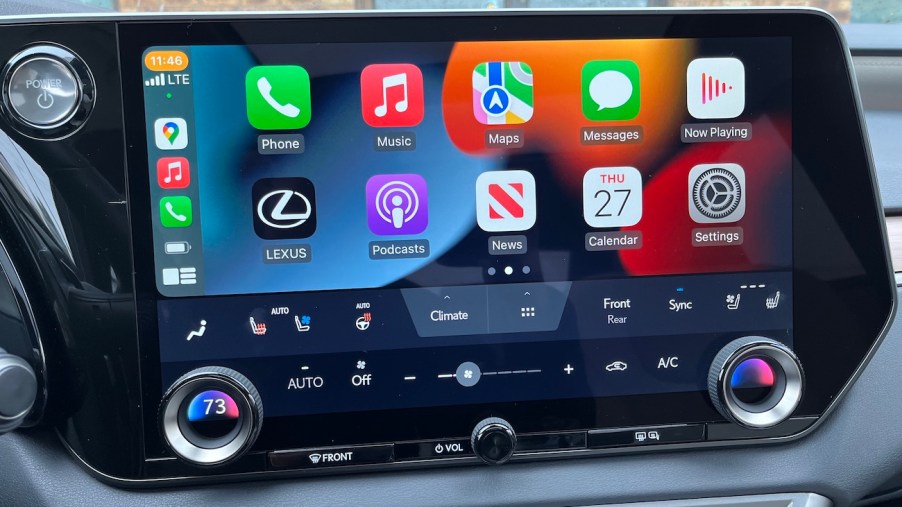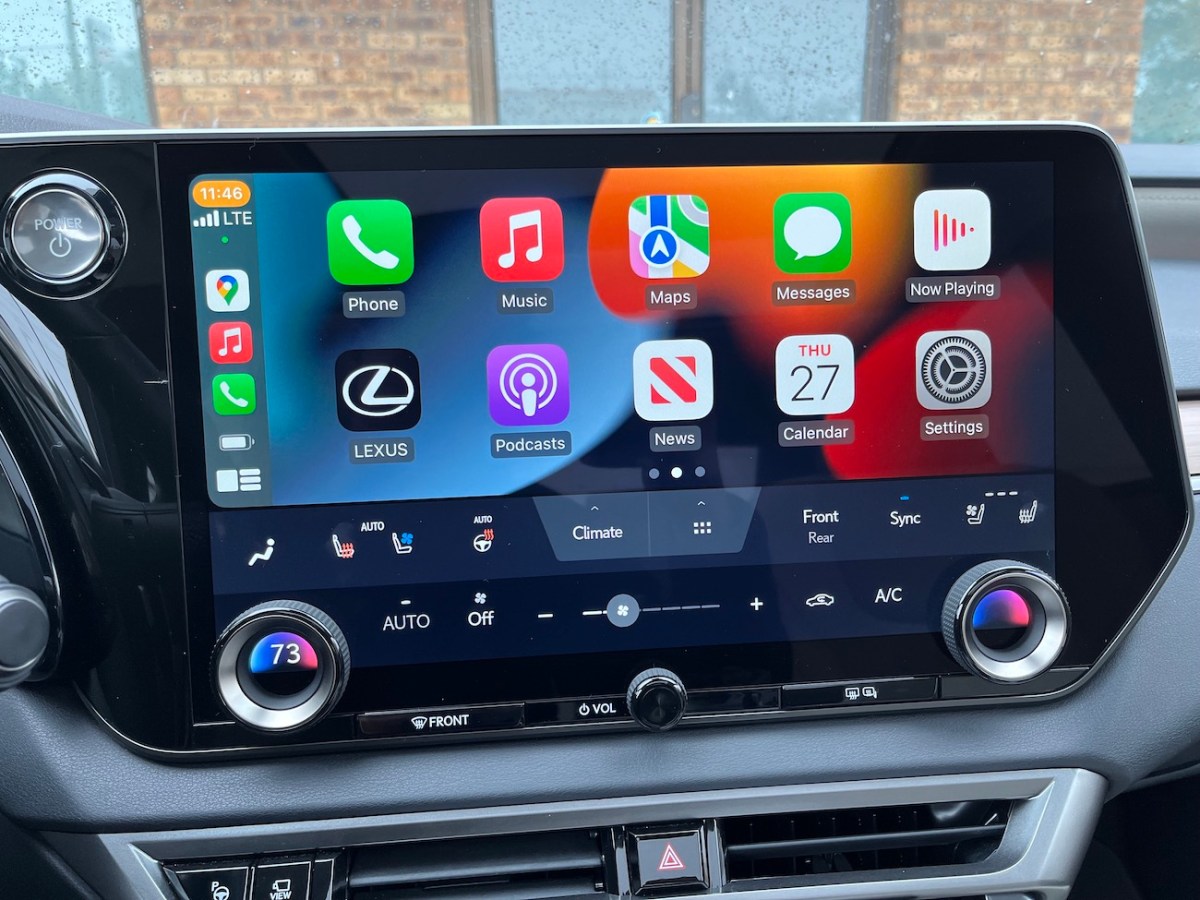
Automakers Continue To Fail at Building an App People Want To Use
Automakers are finding new and innovative ways to incorporate technology into their vehicles, and automaker apps offer plenty of promise. Activating a car’s climate control system and controlling infotainment features from an app could add convenience for both drivers and passengers.
However, a J.D. Power study found that apps for cars are often lacking. What features do these automaker apps lack, and how can automakers change their apps to prevent them from becoming useless technology?

How J.D. Power measured automaker apps
To determine the effectiveness of automaker apps, J.D. Power conducted the OEM ICE App Benchmark Study. OEM stands for original equipment manufacturer, and ICE stands for internal combustion engine. This means that the study focuses only on apps made by automakers and used for gas-powered vehicles.
In evaluating automaker apps, J.D. Power measured apps on best practices and surveyed vehicle owners. The study involved 32 auto brands, and the apps were tested in whether they included features that users would want and how easy these features were to use. Generally, success for an app meant that a user would need 10 seconds or less to complete a task.
J.D. Power’s overall findings were mixed and highlighted that automakers will have to make considerable adjustments to make their apps useful.
What features do automaker apps have?
The survey from J.D. Power found that one feature that was almost universal with automaker apps for gas-powered vehicles was remote start. 94% of apps in the study included this feature, which highlights how this is something that owners want and that manufacturers consider a standard. However, as we will get into later, this remote start feature could still be improved in most apps.
Phone as a key, or PaaK, is a feature that is surprisingly uncommon in apps for gas-powered cars. J.D. Power found that only 16% of apps for gas-powered cars featured PaaK. Interestingly, this is a relatively common feature in apps for electric vehicles. The study noted that 40% of EV apps featured PaaK.
The overall conclusion of this study was that current apps fail to provide the features that could make them truly useful to drivers. While remote start is a feature that most drivers would appreciate, an app would be generally unhelpful if that was all it offered.
Features that would improve apps
To make automaker apps more beneficial, J.D. Power also highlighted features that could add value and usability. Because it was only infrequently included, phone as a key is one feature that would improve the apps.
However, doing more than just allowing drivers to lock and unlock their cars with their smartphones would make the apps even better. Apps could inform users of whether their cars are locked or unlocked, and this is something that is not implemented often enough.
Climate control options would also improve automaker apps. This is something that most apps lack, even though they frequently include remote start. Giving users the ability to adjust the vehicle’s temperature would be a great addition to go along with remote start, as with current apps, drivers have no control over their car’s temperature when activating remote start.
One last finding deals less with the features of the app and more with what makes a user more or less likely to use the app. 60% of drivers in the survey stated that they would not want to pay for an app for their cars.
For automakers, this finding could be critical in encouraging more drivers to use their apps. Even if an app proved to be a useful technology with features like PaaK and climate control features, it would fail to appeal to users if it had a price tag.


